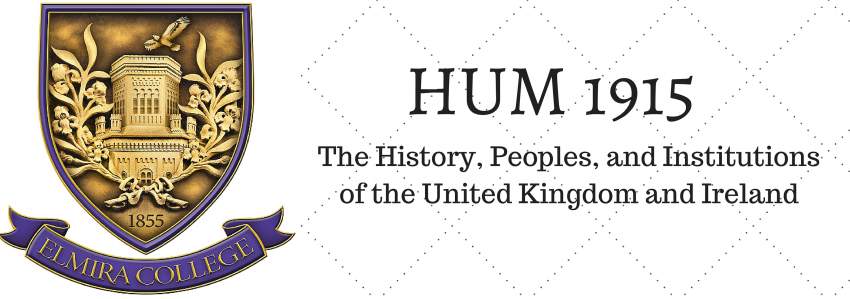- White Cliffs of Dover
- Dover Castle's WW II Secret War Tunnels
- Dover Castle's WW II Underground Hospital
- Canterbury Cathedral
Today the class embarked to Dover. Our first stop was a small hike to the White Cliffs of Dover. The cliffs were formed from chalk, a very fine, soft granite. They are also a result of erosion from the sediment and creatures of the sea floor as the ocean levels have since fallen. These cliffs are still in the process of being shaped and have been for millions of years. A special treat on this clear morning was being able to see the coastline of France! Many people take the short hour and a half boat trip between the two countries, across the English Channel.
Sign at the White Cliffs of Dover
Our taxi driver/tour guide leads Emily O and Professor Wolfe towards the Cliffs
Dover Castle from the cliffs
The Cliffs
The class with our taxi driver
Hadissah Magonica, a pharmacist from New Jersey who we met on our travels
The group and our travelling buddy walk down a path overlooking the coastline
The Dover coastline
Outside of the hospital tunnels
Sadie waiting patiently for our tour of the war tunnels
Gate from Dover Castle
Emily W and Liz in front of Dover Castle
Lastly, we spent the late afternoon taking in the culture of Canterbury. Founded during the Roman period, Canterbury was most likely abandoned during the Saxon era. The Canterbury Cathedral suffered a fire in 1067 and the Normans rebuilt it, and then that one burned as well. From 1175 to the present the Cathedral was finally able to avoid catching fire. In Medieval times, Canterbury was known for their manufacturing of wool and leather. Thomas Beckett, an Archbishop of Canterbury under the reign of King Henry II was killed by king's knights in the cathedral because he disagreed with the king's power hungry nature. King Henry II wanted Beckett to follow his orders over that of the Pope and Beckett disagreed. Later, Thomas Beckett was venerated as a saint and martyr by the Anglican and Catholic Churches.
Canterbury Cathedral


No comments:
Post a Comment